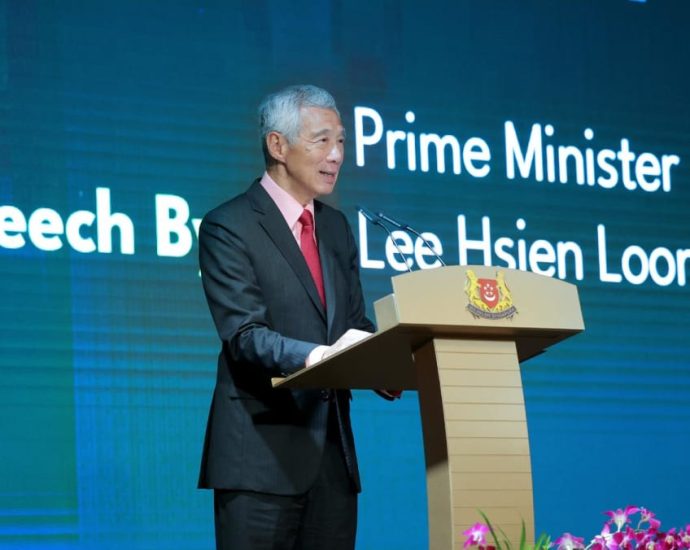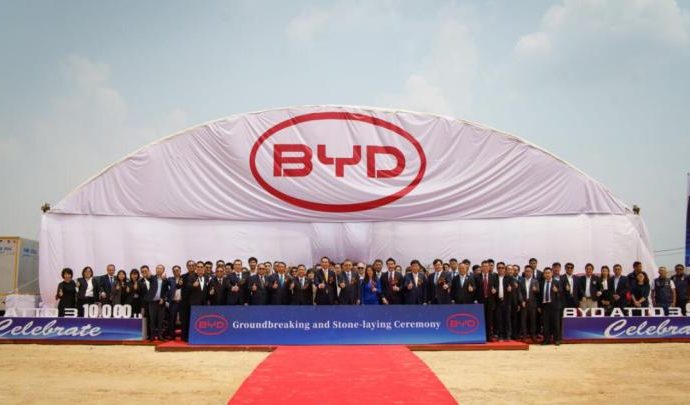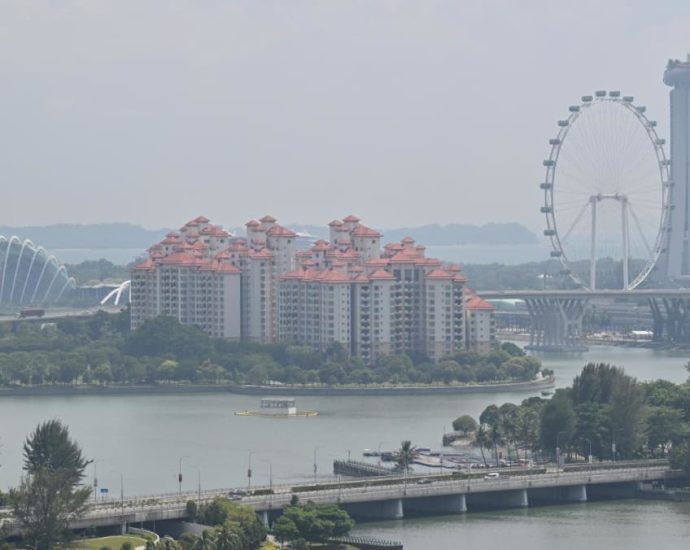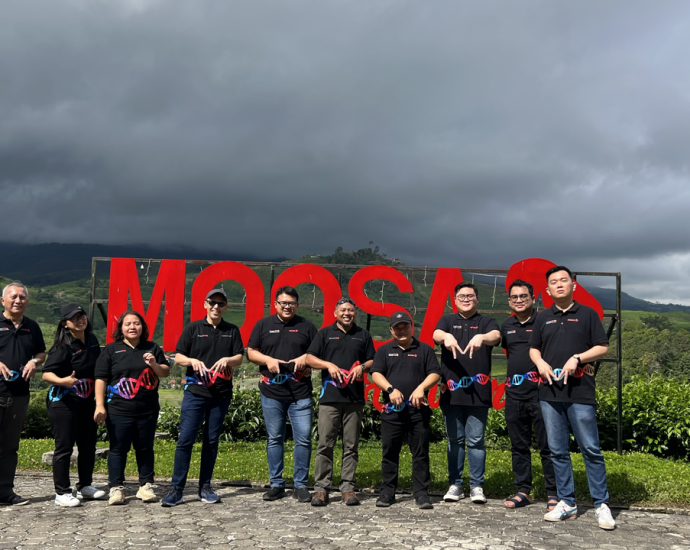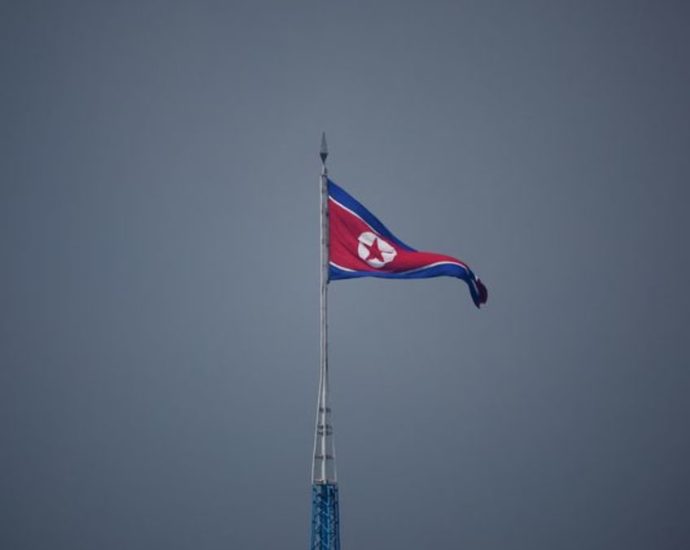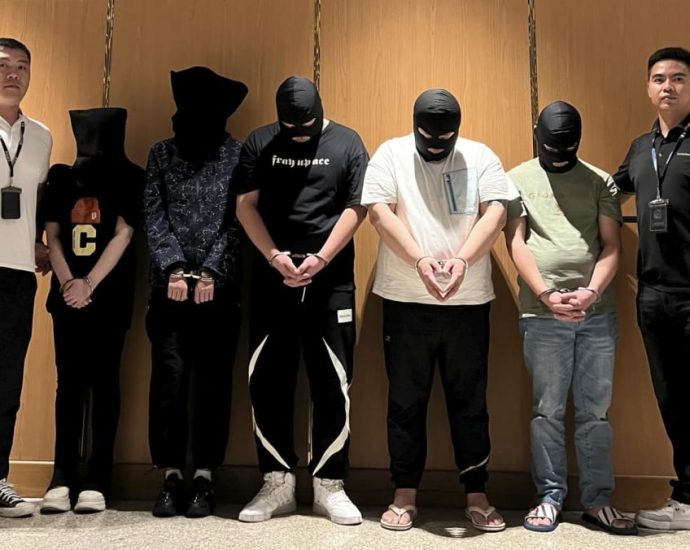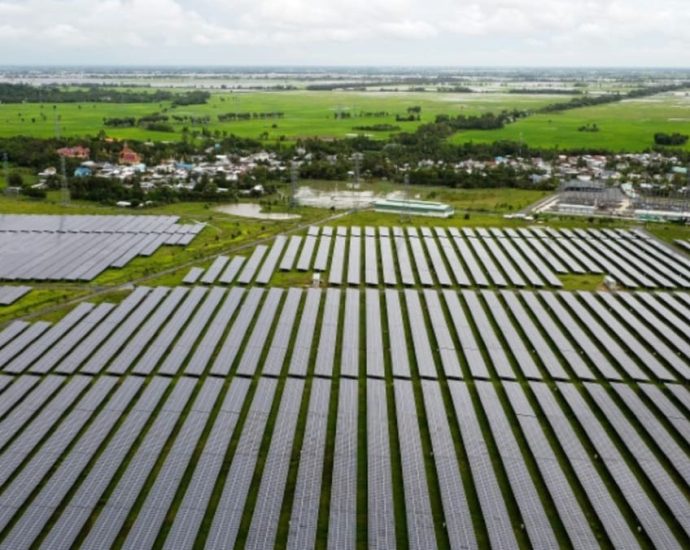Singapore based fintech Triple-A raises US$10m series A
Peak XV Partners, formerly known as Sequoia India & amp, South East Asia, is the leading investor.To improve the world pay system by fusing blockchain and nbsp with conventional finance,Triple-A, a provider of digital currency payments, has announced its US$ 10 million( RM47.8 million ) Series A funding. Leading tech investors…Continue Reading


